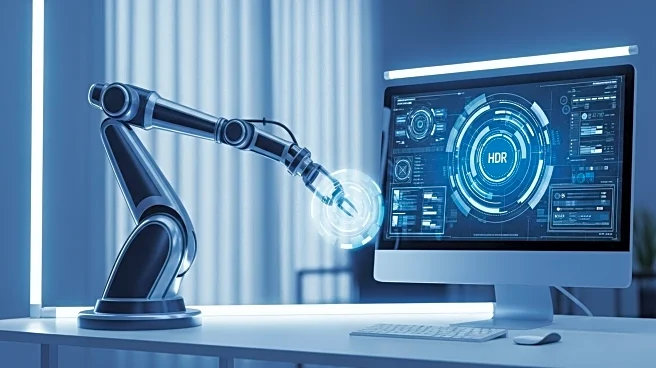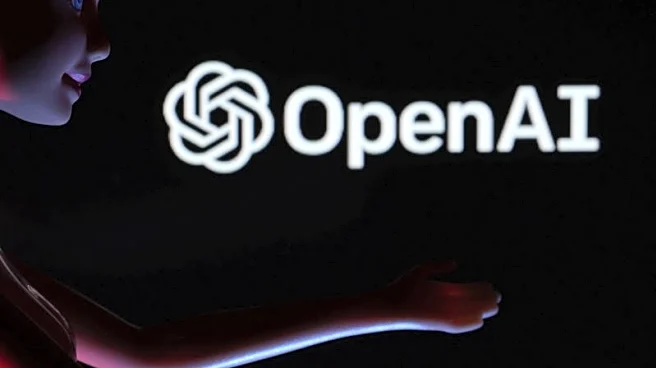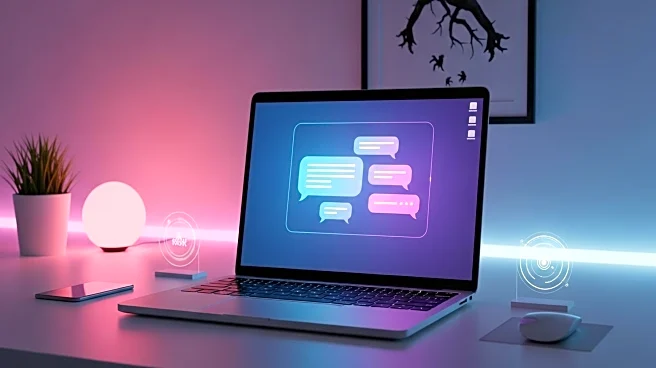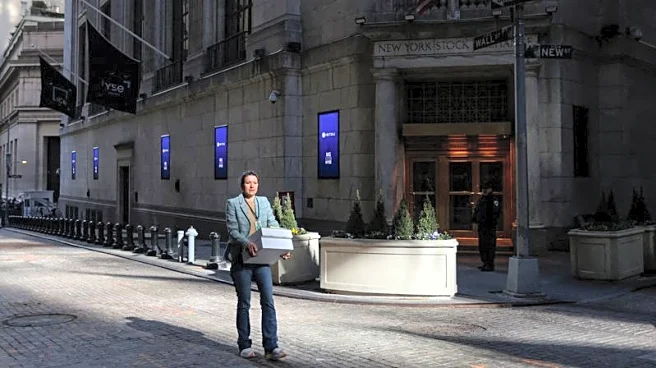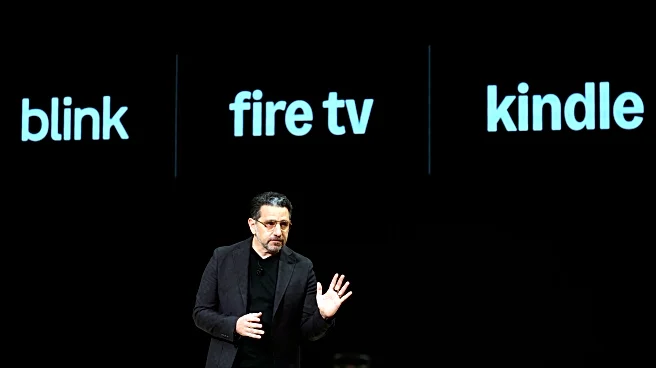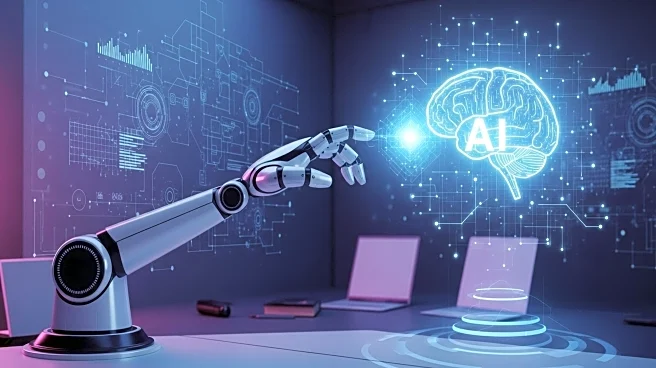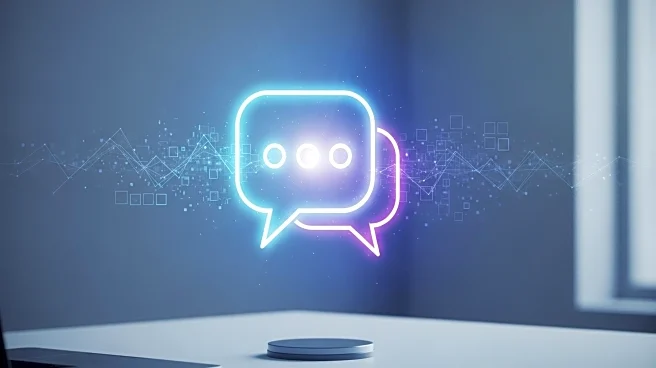What's Happening?
OpenAI has announced the release of the Sora 2 model, an advanced audio and video generator, alongside a new social app called Sora. This app allows users to create and share videos in a format similar to TikTok, featuring a unique 'cameos' feature that lets users insert themselves into generated scenes. The Sora 2 model improves upon previous versions by adhering more closely to the laws of physics, making generated videos more realistic. The app is currently available on iOS in the U.S. and Canada, with plans for broader expansion. Users can upload a one-time video and audio recording to verify their identity for the 'cameos' feature, which can be shared with friends for collaborative video creation.
Why It's Important?
The launch of the Sora app and Sora 2 model represents a significant step in the evolution of user-generated content platforms, potentially challenging established players like TikTok and Instagram. By integrating advanced AI capabilities, OpenAI is pushing the boundaries of how users interact with digital content, offering more personalized and immersive experiences. This development could influence the social media landscape by introducing new forms of content creation and sharing, impacting how users engage with digital media. Additionally, the app's parental controls and privacy features address growing concerns about user safety and data privacy in AI-driven platforms.
What's Next?
As the Sora app gains traction, OpenAI will need to address potential challenges related to user safety and content moderation, particularly concerning the misuse of AI-generated likenesses. The company plans to expand the app's availability beyond North America and explore monetization strategies, such as charging for additional video generation during peak demand. Stakeholders, including tech companies and regulators, will likely monitor the app's impact on the social media ecosystem and user privacy closely.
Beyond the Headlines
The introduction of AI-generated 'cameos' raises ethical questions about digital identity and consent, as users' likenesses can be manipulated in ways that may not align with their intentions. This development highlights the need for clear guidelines and regulations to protect individuals from potential misuse of their digital representations. The broader implications for digital artistry and the value of human creativity in an AI-driven world are also significant, as AI tools become more integrated into creative processes.


